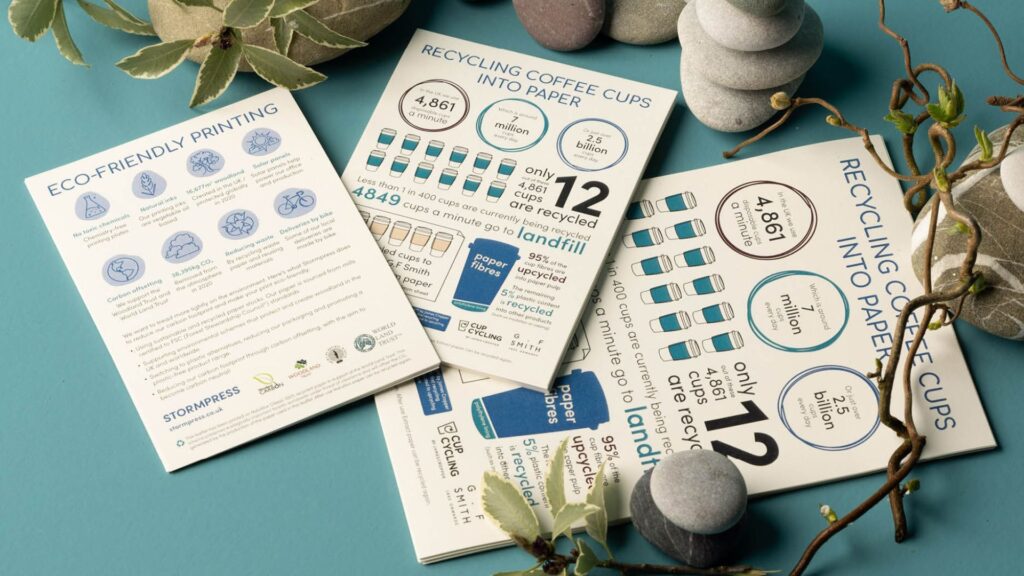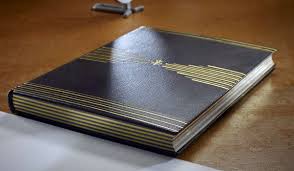
Environmentally Friendly Paper For Printing
Environmentally friendly paper for printing offers a sustainable option for books, brochures, and creative projects. Using recycled or responsibly sourced paper reduces environmental impact while maintaining quality. Applying environmentally friendly paper for printing ensures that projects are durable, visually appealing, and eco-conscious. This approach supports sustainability without compromising professional results or aesthetics.

Why Eco-Friendly Paper Matters
Traditional paper production consumes water, energy, and trees. Choosing environmentally friendly alternatives helps reduce waste and carbon footprint. These papers often use post-consumer recycled fibers or responsibly managed forests. Eco-conscious printing promotes sustainability while maintaining print quality, texture, and durability.
Types of Environmentally Friendly Paper
Recycled Paper
Recycled paper uses fibers from used paper, reducing landfill waste. It is suitable for books, brochures, and flyers, providing consistent strength and smooth printing surfaces.
FSC-Certified Paper
FSC-certified paper comes from responsibly managed forests. It guarantees sustainable harvesting and supports biodiversity and forest conservation.
Non-Chlorine Bleached Paper
This type of paper avoids harmful chlorine chemicals, making it safer for the environment while maintaining whiteness and print quality.
Tree-Free Paper
Papers made from alternative fibers like bamboo, hemp, or sugarcane reduce dependency on wood. They offer unique textures and sustainable production methods.
Hybrid Eco-Papers
Some papers combine recycled content with FSC-certified fibers, balancing sustainability, quality, and appearance for versatile printing applications.
Applications of Eco-Friendly Paper
Environmentally friendly papers are suitable for:
-
Books and journals
-
Brochures and flyers
-
Invitations and greeting cards
-
Packaging and product labels
-
Creative and artistic projects
Using these sustainable papers ensures high-quality results while supporting environmental responsibility.
Benefits of Using Eco-Friendly Paper
-
Reduces environmental impact
-
Supports sustainable forestry and recycled content
-
Maintains print quality, smoothness, and durability
-
Enhances corporate responsibility and project credibility
-
Allows for creative finishes without harming the planet
Tips for Printing on Eco-Friendly Paper
-
Test the paper for ink absorption and color vibrancy
-
Choose coatings or finishes that complement sustainability
-
Use recycled inks or soy-based inks for added eco benefits
-
Combine with modern binding techniques for durable projects
-
Work with suppliers who prioritize environmental certifications
Applying environmentally friendly paper for printing correctly ensures professional-quality results and eco-conscious production.
Modern Trends in Sustainable Printing
Sustainability trends now focus on recycled fibers, FSC certifications, and non-toxic inks. Designers often combine eco-friendly paper with soft-touch finishes, embossing, and matte coatings. Digital printing allows small runs, reducing waste. Many publishers and businesses now prefer environmentally friendly options for brochures, packaging, and creative works. Eco-conscious printing is increasingly seen as both a responsible and stylish choice.
Conclusion
Environmentally friendly paper for printing provides sustainable, durable, and visually appealing solutions for books, brochures, packaging, and creative projects. Recycled, FSC-certified, tree-free, and hybrid papers offer options that maintain professional quality while reducing environmental impact. Careful selection of paper, inks, and finishes ensures long-lasting and polished outcomes. Using environmentally friendly paper for printing guarantees that every project combines functionality, aesthetics, and sustainability. By choosing eco-conscious options, creators produce responsible, high-quality printed works that reflect care for both the environment and the audience.







